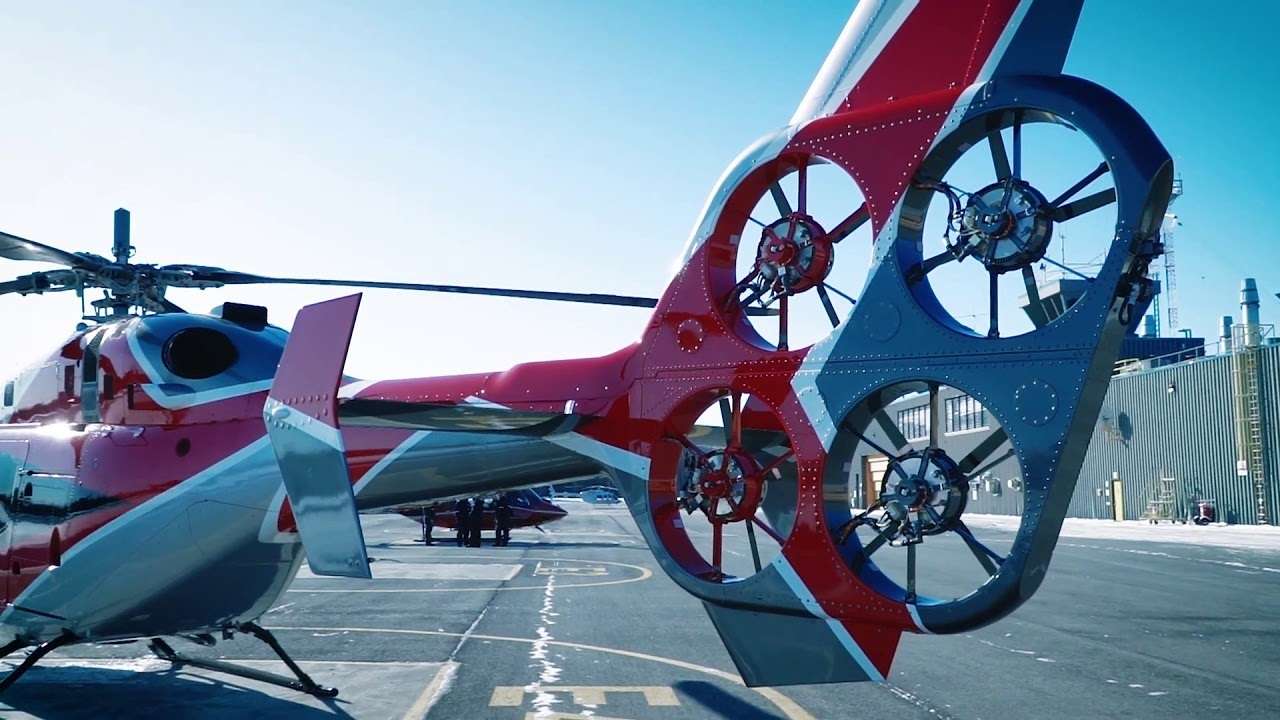
As society becomes more conscious of the effects of climate change, cities all over the world are looking at alternative methods to power their urban areas. Population growth, coupled with the demand for resources, is forcing authorities to look into smarter, greener and more sustainable alternatives for their communities.
The influx of new technology has helped facilitate this, in turn increasing the conversations around methods to save time, reduce costs and maximize energy to power the cities of the future. Prompted by the Internet of Things (IoT), the potential to create smart, eco-friendly cities remains hugely untapped.
Countries in the Middle East and Africa are realizing the potential of smart cities and their overall benefit to their societies. From investments in alternative forms of mobility to discussions on renewable energy, countries have started putting together strategies on how they envision an eco-friendly world. For instance, in 2018, South Africa raised over $53 billion to invest in renewable energy, while other countries in the continent increased their own investments to $7.4 billion.
The Middle East has seen a similar approach with the likes of the United Arab Emirates and Saudi Arabia, who launched their Vision 2021 and Vision 2030 National Agendas, respectively, to explore methods that move away from fossil fuels and diversify their energy mix while also developing projects like NEOM, a sustainable ecosystem for living and working.
With the groundwork already being laid for these environments across the globe, one key element in the development of these green cities is mobility and in particular, the movement of unmanned aerial vehicles (UAVs) in urban areas. While still in its infancy, UAVs can provide solutions for numerous industries that face challenges with pollution, congestion and traffic safety. These electrically powered aerial vehicles offer an opportunity to utilize more renewable energy sources such as wind, solar or hydro-power to help fuel air travel of the future.
Present-day unmanned vehicles have longer operational duration and require less maintenance than earlier models. These aircraft can be deployed in a variety of terrains thanks to improved technology and are being used in various ways.
Advances in propulsion and guidance technologies are also helping make UAVs a reality. Already, in some parts of Africa, UAVs are being used to deliver blood, vaccines and other medical supplies to rural areas for people who require immediate medical attention.
In the UAE, the General Civil Aviation Authority (GCAA) has issued a framework of rules to govern urban air mobility (UAM) to create conditions for the safe, secure and efficient operation of flights in close proximity to populated urban areas. With these regulations, the country is set to become the first in the world to monitor the entire UAV ecosystem from take-off to landing.
With this in mind, the Bell team has been developing technology that offers convenient, safe and environmentally beneficial ways to move people, goods and information. Building on its 85 years of innovation in the aerospace sector, Bell has developed new technology such as the Autonomous Pod Transport (APT). The APT is an autonomous UAV designed to perform multiple missions, including package delivery, critical medical transport and disaster relief.
APT provides the logistics industry a low-emission option for last-mile and hard-to-reach deliveries, helping to decarbonize the supply chain. APT offers a solution for third-party logistics companies who emitted 13.8 million metric tons of CO2 in (year) while delivering 5.1 billion packages by ground or air, according to a 2019 report.
Furthermore, APT offers a solution to conserve energy through its unique tailsitter design and can carry heavier payloads up to 110 Ibs (50 kgs), speeds up to 90 kts (167 km/h) and a range of up to 35 miles (56 km). This means the APT offers a whole new level of mission capability for the entire supply chain.
In its continuing determination to improve conventional rotorcraft flight, Bell is even exploring electrically powered technologies that promise to reduce fuel consumption and noise pollution. Electrically Distributed Anti-Torque (EDAT), a bold new initiative led by Light Commercial Aircraft Program Manager Eric Sinusas, comprises four small fans within a tail rotor shroud in an offset two-by-two pattern.
Each of the rotors contains four blades, powered by four separate motors, with the electrical energy provided through generators driven by the turbine engines. Replacing the traditional tail rotor, EDAT provides stabilizing and steering functions in a more environmentally friendly manner, benefiting pilots and passengers as well as those on the ground.
Through its technological innovation, Bell is helping pave the way to an eco-friendlier environment. And the possibilities of using such technologies will contribute to and support green initiatives across the world.



Be the first to comment